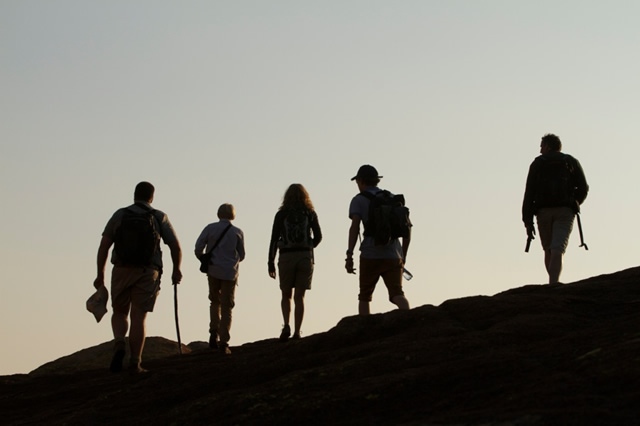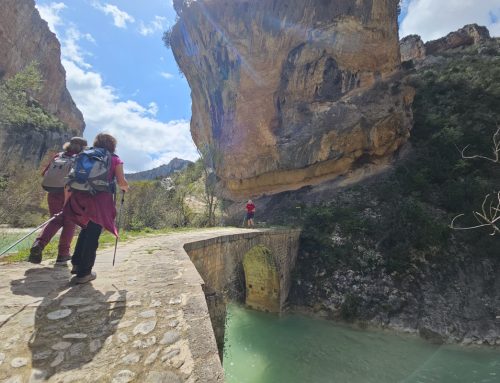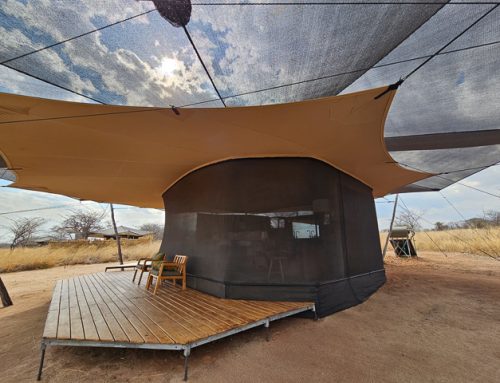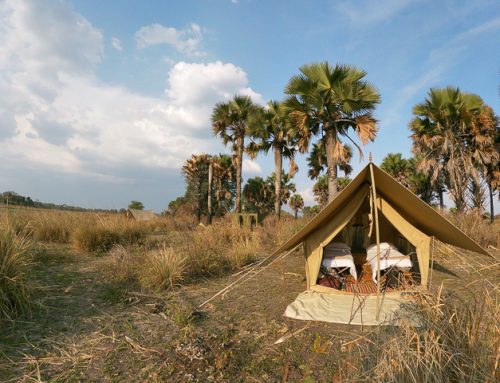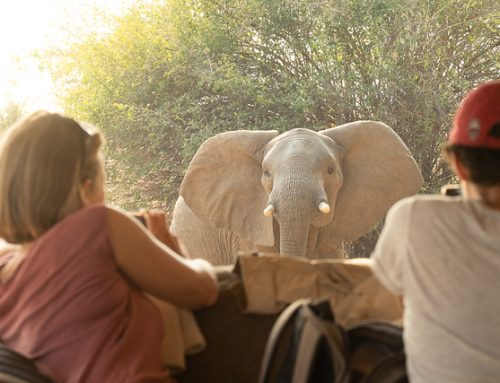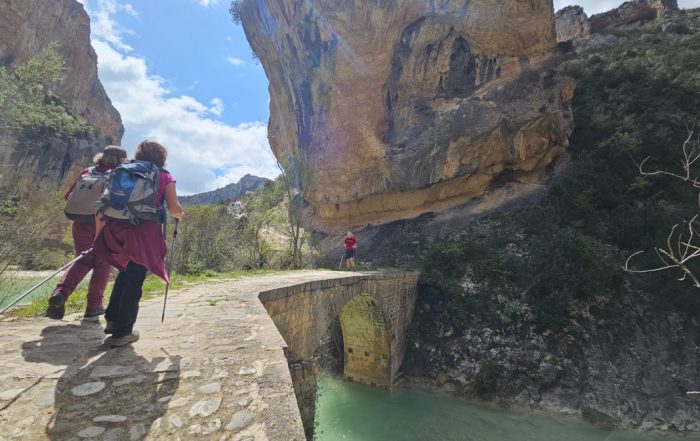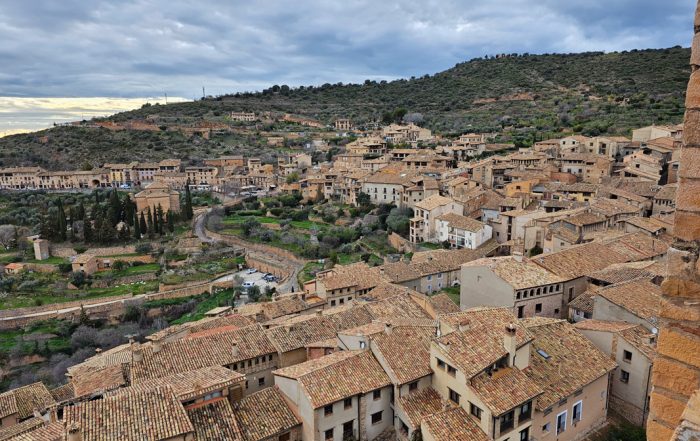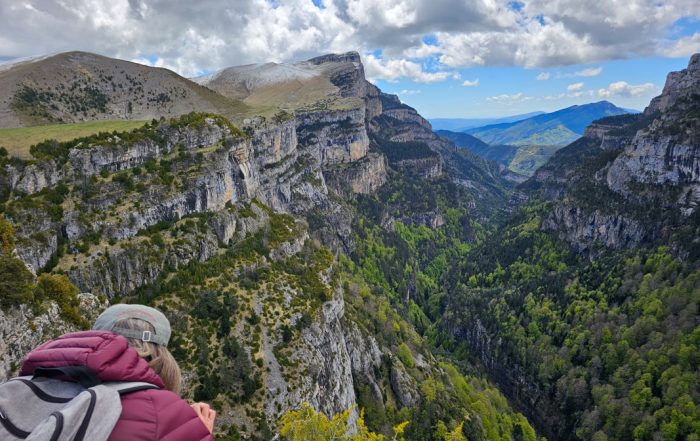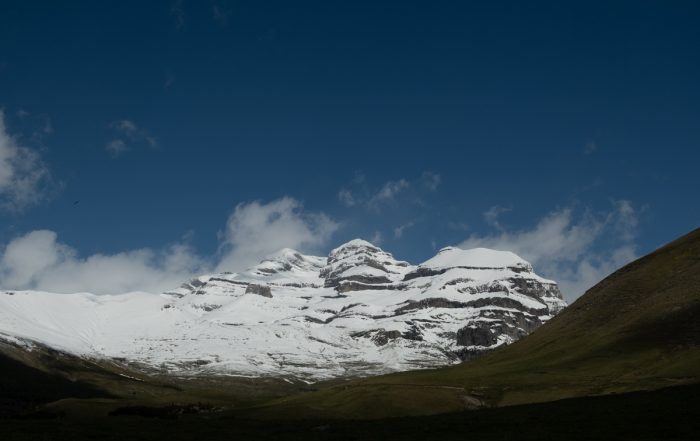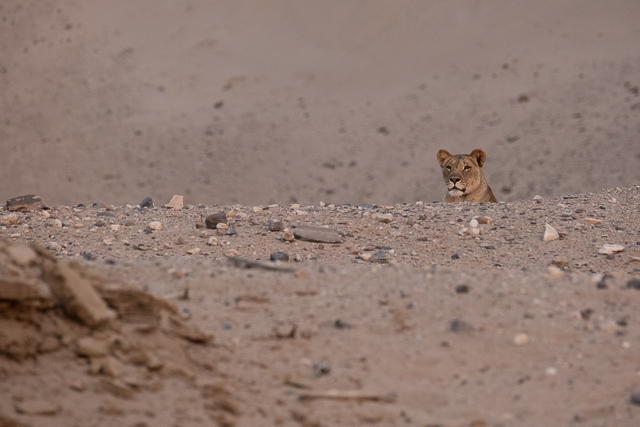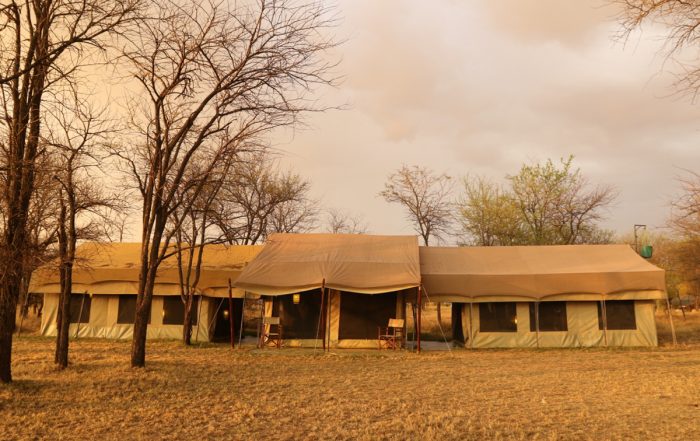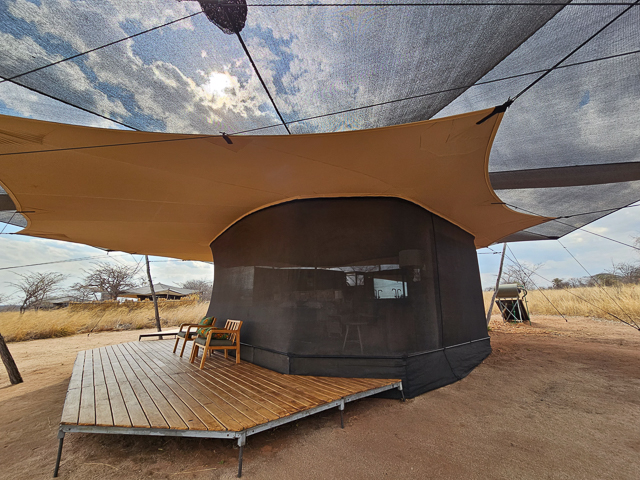Dave and I have decided to write a series on our favourite areas in Africa.
Normally in May we are preparing for upcoming dry season safaris. This year we have time to write about these magical areas while we wait for safaris to return in the wake of the Coronavirus pandemic.
We will write about nine different areas, some that are fantastic for wildlife encounters, some for the wilderness experience they offer, and a couple that provide opportunities for meaningful cultural interaction.
Great areas for wildlife encounters
Wildlife documentaries often feature a birth or a kill, and so it is not surprising that I frequently get asked what the chances are of seeing one. Professional wildlife photographers invest a lot of time to get that perfect moment. They film in one area for months and sometimes years at a time. This is a luxury that folks on a two-week safari, visiting four or five different areas, do not have. So the reality is that we consider it lucky to see a kill or a birth.
However there are several ways we can really weigh the dice in our favour, and that is reflected in some of the most popular safari destinations today. Some wildlife spectacles are nearly predictable, perhaps because of the time of year, or the nature of the animal and its habitat.
Primate tracking in Mahale Mountains
Provided you are prepared to hike, you are sure to find a family of habituated wild mountain gorillas if you track them, and at certain times of year you can have almost as much chance finding a community of wild chimpanzees to observe for an hour. Nowhere can beat wild and pristine Mahale National Park in Tanzania for an overall primate experience.
The Serengeti
If you visit the Serengeti Plains in February, and are out on the Plains from dawn, you have a very good chance of seeing a wildebeest give birth. If you come a little later, in March, you will see lots of young wildebeest and zebra, and at that early hour there is a good chance of seeing a kill. You might not enjoy the kill, because the easiest animals for the predators to hunt are the multitudes of young ones, but everyone alive needs to eat, and hyaenas and cheetahs are no exception. In the drier months from late July, far from the Plains but still in the Serengeti ecosystem, you may see a river crossing. This is when the herds risk crossing the crocodile infested Mara River, in the far north of the Serengeti National Park in Tanzania or the Masai Mara Game Reserve in Kenya.
Dry season concentrations of wildlife
There are places which become very short of water during the dry season, resulting in animals concentrating near or around the few sources of water that remain. These can be amazing places to watch animals coming to drink and interacting. Naturally the predators also think they are a good place to find a meal, so they are great for action too.
Some of these areas are more remote, less well known, or in private protected areas. One of the great aspects of these areas is that you can watch animal behaviour evolve, with no pressure to keep moving on, and without other vehicles or visitors getting in the way.
Parts of northern Kenya fit this description. Further south of the Equator in southern Tanzania, Zambia and Zimbabwe, this season begins in June with the onset of winter, and continues into the dry season, which is hottest in October.
Ruaha national park in Tanzania, and South Luangwa and the Lower Zambezi national parks in Zambia all have outstanding opportunities for wildlife interaction.
Hwange National Park
Few places can match watching huge herds of elephants come to drink in Hwange National Park in Zimbabwe at this time of year. This is Dave´s favourite.
The Okavango Delta
Some places have fairly rich soil due to volcanic sediment or floods, encouraging wildlife. The Okavango Delta in Botswana is a rich area due to flood deposition, and is particularly good when the flood comes into the Delta from May or June until it gets hot in October.
Gonarezhou National Park
Aside from primate tracking, two journeys stand out for those keen on hiking.
Dave loves showing guests the wilderness, and tracking animals on foot in various parts of Zimbabwe, where he has a lot of freedom to be spontaneous.
His favourites are tracking rhinos in Malilangwe or Save Valley conservancies, and elephants and predators in Gonarezhou National Park or the Bubi Valley conservancy. All of these areas are remote, little visited, and are where you can not only track wildlife, but really feel that you are in a wilderness, quite unlike some of the more popular national parks.
Mount Kilimanjaro
The very opposite experience is the challenging and attainable goal of hiking the highest mountain in Africa, Mount Kilimanjaro. The summit Uhuru Peak, is at 5,895m (19,340ft). I think one of the most amazing moments you can have is watching the sky go red, and the sun begin to set from the roof of Africa. Watching the sun rise can also be amazing if you leave camp early enough in the night, and are lucky enough to reach the summit when few other climbers are there. This is an experience nobody will ever forget!
The Yaeda Valley
Two astounding cultural interactions are unforgettable.
Perhaps the most unique is to be with a family of hunter-gatherers. To really experience this you should stay in a camp in their area for about 3 nights. You can then visit a community without disturbing or altering their livelihood, and can interact with them in a positive and respectful way. Done properly, you will be in a really remote area, such as the Yaeda Valley in Tanzania.
You will be with people who have lived the most ancient lifestyle of all, one that all humans have spent most of our evolution living, but have forgotten in the past two or three thousand years. This experience will not fail to make you reflect on life – where we are, and where we have come from. It might make you re-evaluate the advances of the modern world, while no-doubt appreciating many of them too.
Ethiopia
Few countries in the world are as culturally unique as Ethiopia. Everything from the grain that is their staple, the script, cuisine and languages are entirely different from anywhere else. If you are lucky enough to come across an all-night (or several day long) Saint´s celebration, complete with rhythmic drumming, chants and dancing, you will remember the encounter for the rest of your life. A visit to an ancient rock-hewn church high on a cliff ledge is equally memorable.
Look our for upcoming articles on any of these in the coming months. We hope they light an ember planning an African journey soon!

